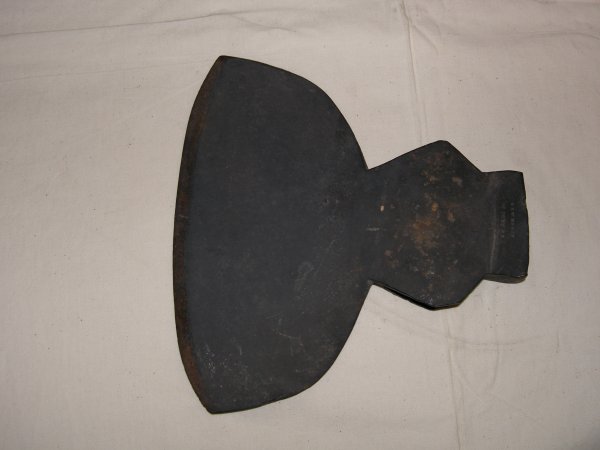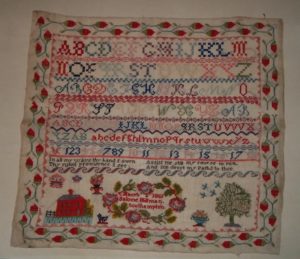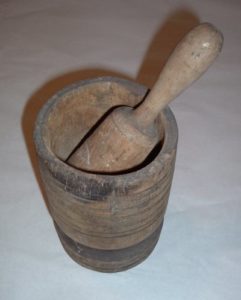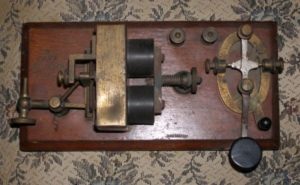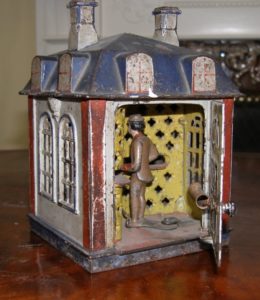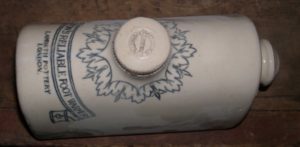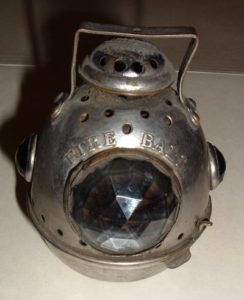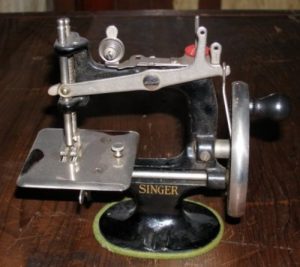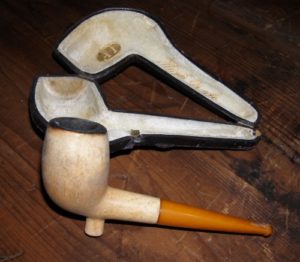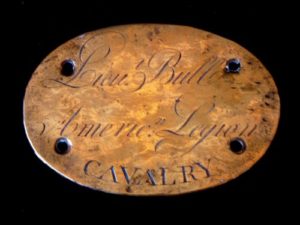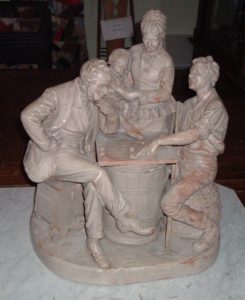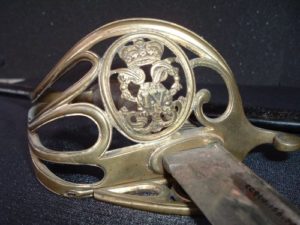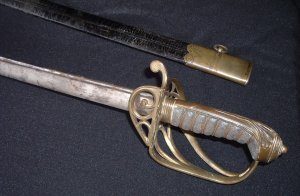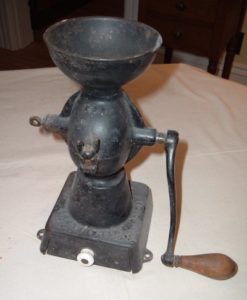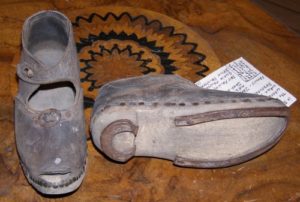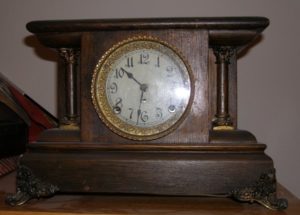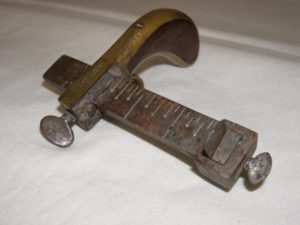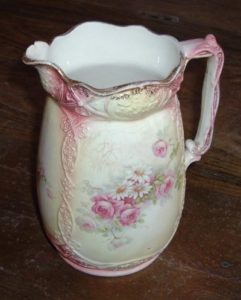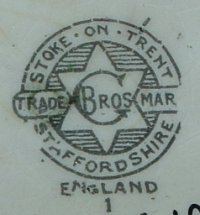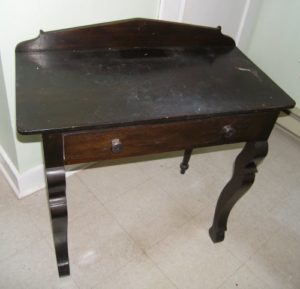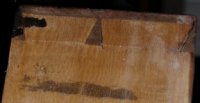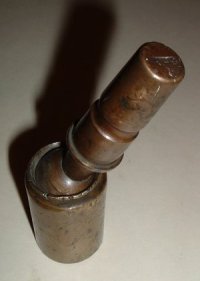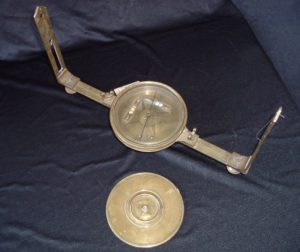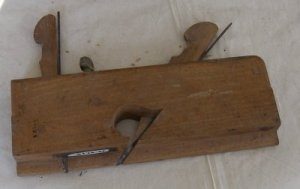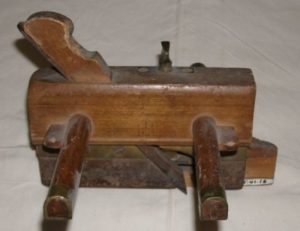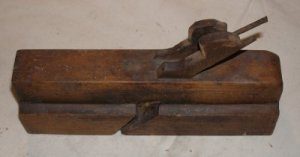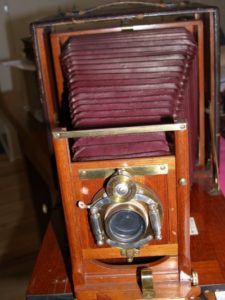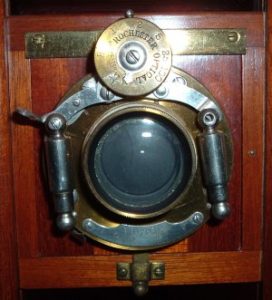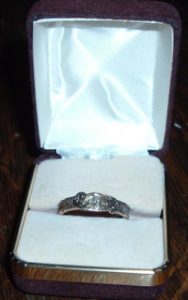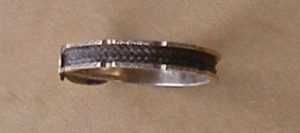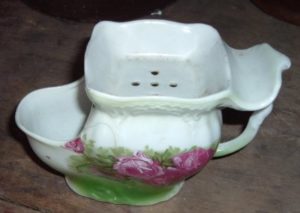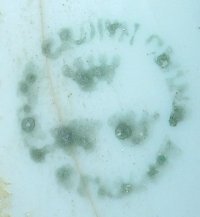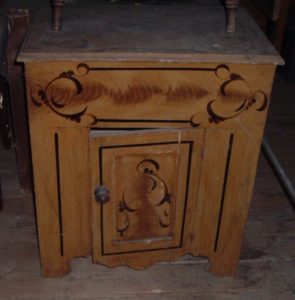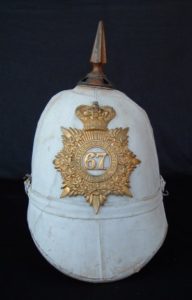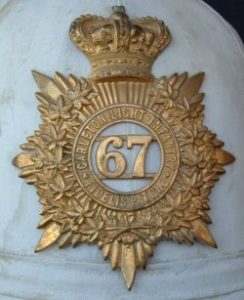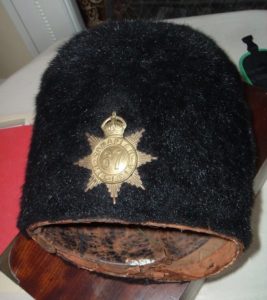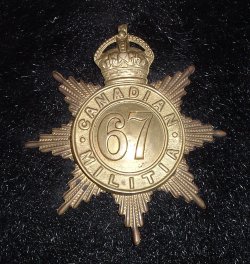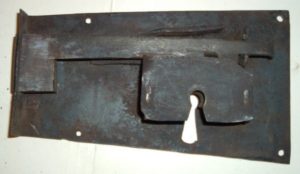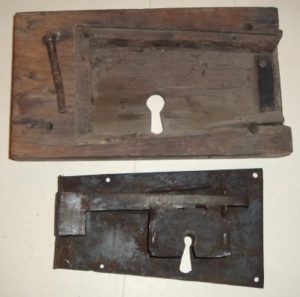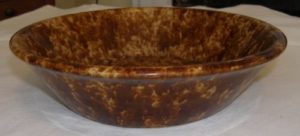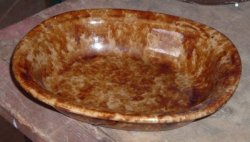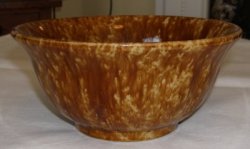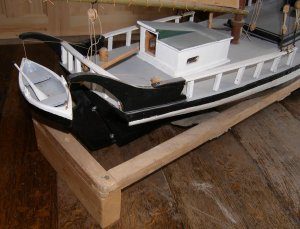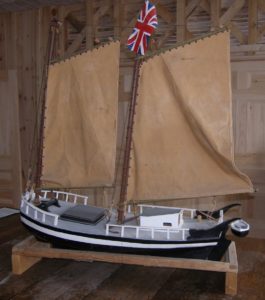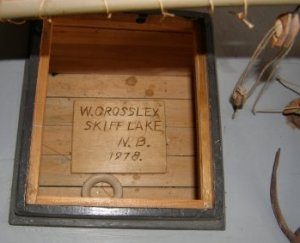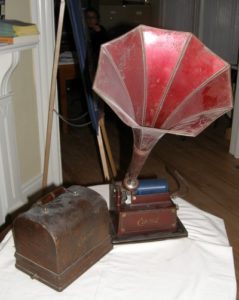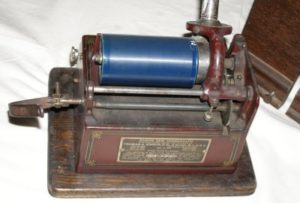A heavy steel wide-bladed axe, the edge beveled on the outside while the back is flat. Used to hew flat surfaces on logs to be used in the construction of buildings or in the production of squared timber for export. The symmetrical design of the head permits it to be handled either left or right according to the needs or preferences of the user.
This specimen, in excellent condition, is stamped “E. & H. Broad, St. John, N.B.” on the side of the rectangular poll. The brothers Elisha and Hewlett Broad were in business together at 6 Sydney Street, Saint John. The 1865-66 edition of Hutchinson’s N. B. Directory lists E. & H. Broad, Elisha Broad and Hewlett Broad all as edge tool manufacturers at the Sydney Street address, with separate residential addresses noted for Elisha and Hewlett, the latter at 116 Union Street. This address is cited in the 1871 directory as Elisha’s residence.
Elisha Broad died at Montreal, at the home of his daughter, in December, 1895. His obituary, published in the St. Croix Courier states he was born circa 1819 at Gagetown, Queens County, New Brunswick, and started an edge tool company at Saint John in 1844. He removed to Milltown, Charlotte County, N.B., in 1871, later moving his company to St. Stephen, Charlotte County. About two months prior to his death, he and his wife moved to Montreal to be with their two married daughters. His body was brought to Saint John for burial.
A listing of Canadian tool-and-die manufacturers, between 1820 and 1914, includes:
| E. & J. W. Broad | no address |
1857
|
axes |
| E. & H. Broad Co. | Saint John |
1862 – 1871
|
axes |
| E. Broad & Co. | Milltown |
1871 – 1883
|
axes |
| E. Broad & Sons (St. Stephen Edge Tool Co.) |
St. Stephen |
1883 – 1900
|
axes, chisels,hammers, sledge hammers, mining picks |
| H. Broad & Co. | Saint John |
1877 – 1901
|
